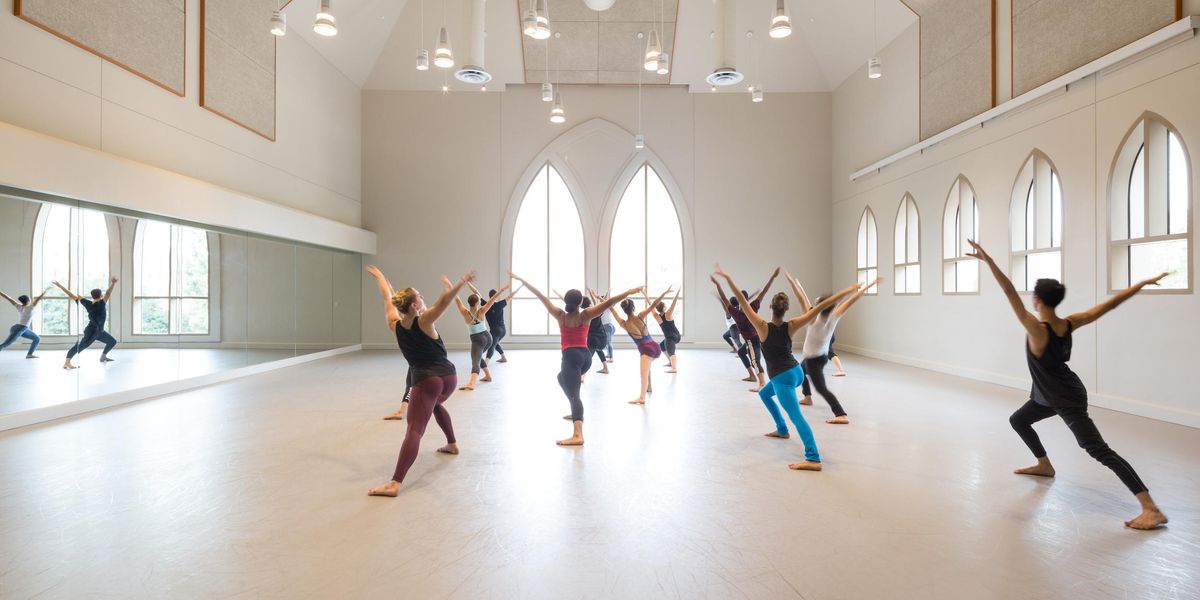Great Partnerships: The Legends
They made magic.
Memorable partnerships are the great miracles of dance. You can’t arrange them in a balletmaster’s casting dreams or a manager’s office. You can’t predict them. These relationships simply arise in the studio, rehearsal room or onstage, and when they happen, they should be treasured.
How do you know a great partnership? When the pairing adds up to more than the sum of the individual talents, when a man anticipates a woman’s every move, when one dancer seems incomplete without the other, when an aura envelops the room, when you exit the hall spinning fantasies about the couple.
Rules don’t apply, and you can’t generalize, either. Offstage partnerships do not automatically ignite in the theater. But temperamental compatibility matters; so do comparable technical skills and physical harmony—a marked contrast in the height of partners suggests comedy, not romance.
First, consider the contests of Olympians, the partnerships that aim to set bravura standards; anything he can do she can do better and she’ll die trying in the effort. Consider Cynthia Gregory and Fernando Bujones in the Black Swan pas de deux, she stitching fouettés for days, he soaring for the stars, both revving up audiences with consummate showmanship. Recall Patricia McBride in “Rubies,” a thoroughbred showing Edward Villella how fast she can move and goading him to top her in Balanchine’s delirious version of the Kentucky Derby.
Memorable partnerships flourish when one member of the duo looks deeply into the artistry of the other and embraces his or her style, musicianship, and eccentricities. Among Natalia Makarova’s many superb cavaliers, I have always felt that Ivan Nagy deserved pride of place. More than any other, this underrated Hungarian danseur recognized and celebrated Makarova’s characteristic rubato, her seamless drawing out of phrases, and he adjusted his phrasing and attack to complement hers. Does anyone recall the way in which Jock Soto breathed like Wendy Whelan in the monumental Act II pas de deux of Balanchine’s A Midsummer Night’s Dream?
Such matches of sensibility are rare. They are to be cherished. One recalls the nobility of gesture in a Giselle with Carla Fracci and Erik Bruhn. One thinks, too, of the youthful eroticism of Lynn Seymour and Christopher Gable in Romeo and Juliet and Les Deux Pigeons. For playful lyricism, who ever matched Antoinette Sibley and Anthony Dowell in The Dream? Gelsey Kirkland and Mikhail Baryshnikov transformed The Nutcracker from family fare into an adult dissertation on lyrical longing.
When did we start talking seriously about partnerships as a meeting of equals? We could date it from Rudolf Nureyev’s 1961 defection. We started appraising the male dancer for more than his gifts as a porteur. Then, Nureyev launched his partnership with Margot Fonteyn, the West’s most famous ballerina and 19 years older than her co-star. She exemplified the elegant British school of ballet; he was a fiery Tartar who could do anything faster and higher than other men. Yet, this confluence of opposites, this apparent mismatch of sensibilities, blazed its way into the history books.
Consider the career of Suzanne Farrell. At New York City Ballet, she and Peter Martins epitomized the coolest, loftiest principles of neo-classicism (think the pure whiteness of Balanchine’s Chaconne). Earlier in her career, during her sojourn at Béjart’s Ballet of the 20th Century, Farrell and Jorge Donn locked limbs in a partnership that scorched the stage—nothing aloof there. The moral? Alter one factor in the partnership equation and you write a different chapter of ballet history.
Where are the great partnerships of today? Blame their rarity on the jet-setting schedule of dancers, the performances planned years in advance, the emphasis on individual techniques and star turns at the expense of deeper emotional connections. Great partnerships will not, however, vanish. And when you see one, your heart, as well as your eye, will let you know.




